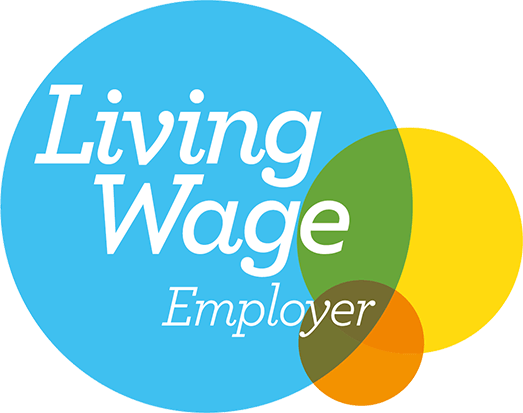News
Drum Roll please…the Housing Delivery Test (2021) is here!
21 January 2022
The latest HDT results are an invaluable and useful tool we will undoubtedly all refer to over the next 12 months…

For those of us who take an interest in the latest appeal decision or High Court cases which concern themselves with ‘housing need vs. supply’ or ‘presumption in favour of development’ or ‘very special circumstances’ or ‘housing policies at risk of being out-of-date’ (the list can go on), the publishing of the latest Housing Delivery Test (HDT) results, which landed on 14 January 2022, makes for interesting discussion.
The test surveyed over 300 local planning authorities and compared the number of homes required with actual homes delivered. So, what does it all mean?
Put simply, the results confirm, as a percentage, the number of houses delivered against the identified housing need for each authority over the most recent three-year period. Some authorities are there or there-abouts (Uttlesford, 99%), quite a few are really struggling (no names but there are a handful in the 30%-50% range) and some are simply showing off (Copeland, 932%).
If an authority delivers less than 75% of its housing requirement, it faces the presumption in favour of sustainable development. Between 75-85% imposes a 20% buffer to the housing supply target. Between 85-95%, and the authority has to publish an Action Plan to demonstrate how provision will be increased. Above 95% means that no action is required.
Looking at Planning Potential’s three offices, London (Southwark) delivered 90% of its housing target between 2019 – 2021, Harrogate delivered 266%, and Bristol 74%. Between us then, we have most of the basis covered. (It may be a tenuous link, but I’ll take it!)
In reality, however, the latest figures don’t tell the whole picture. For starters, adjustments made to the calculation process to account for down time during lockdown means that it is likely some authorities escaped the most severe penalties. Yes, an authority mandated to presume in favour of sustainable development is under pressure to deliver more housing – and quickly. They might, therefore, take a more pragmatic approach towards the release of land not identified or allocated for housing development, especially where it lends itself to logical extension. On the other hand, an authority that has delivered more than 100% of its target might be more likely to hide behind its recent achievements and policy positions (especially if it benefits from an up-to-date Local Plan) so as to avoid delivering more housing in the future.
But let’s not forget, development frameworks still exist (in their various guises) and some are more fit for purpose than others. The planning balancing exercise also remains, as does the requirement for ‘sustainable development’, and the ‘creation of high quality, beautiful and sustainable buildings and places’.
A poorly performing authority with an allocated housing site is not guaranteed to grant planning permission, and likewise a planning authority that has exceeded its requirement based on the latest results might still see fit to grant permission on an unallocated site. It really is all in the detail, but be under no illusion, the latest HDT results are an invaluable and useful tool we will undoubtedly all refer to over the next 12 months…
If you want to know how a Local Authority stacks up against its identified need and how this might play out on the ground, feel free to get in touch with us.







